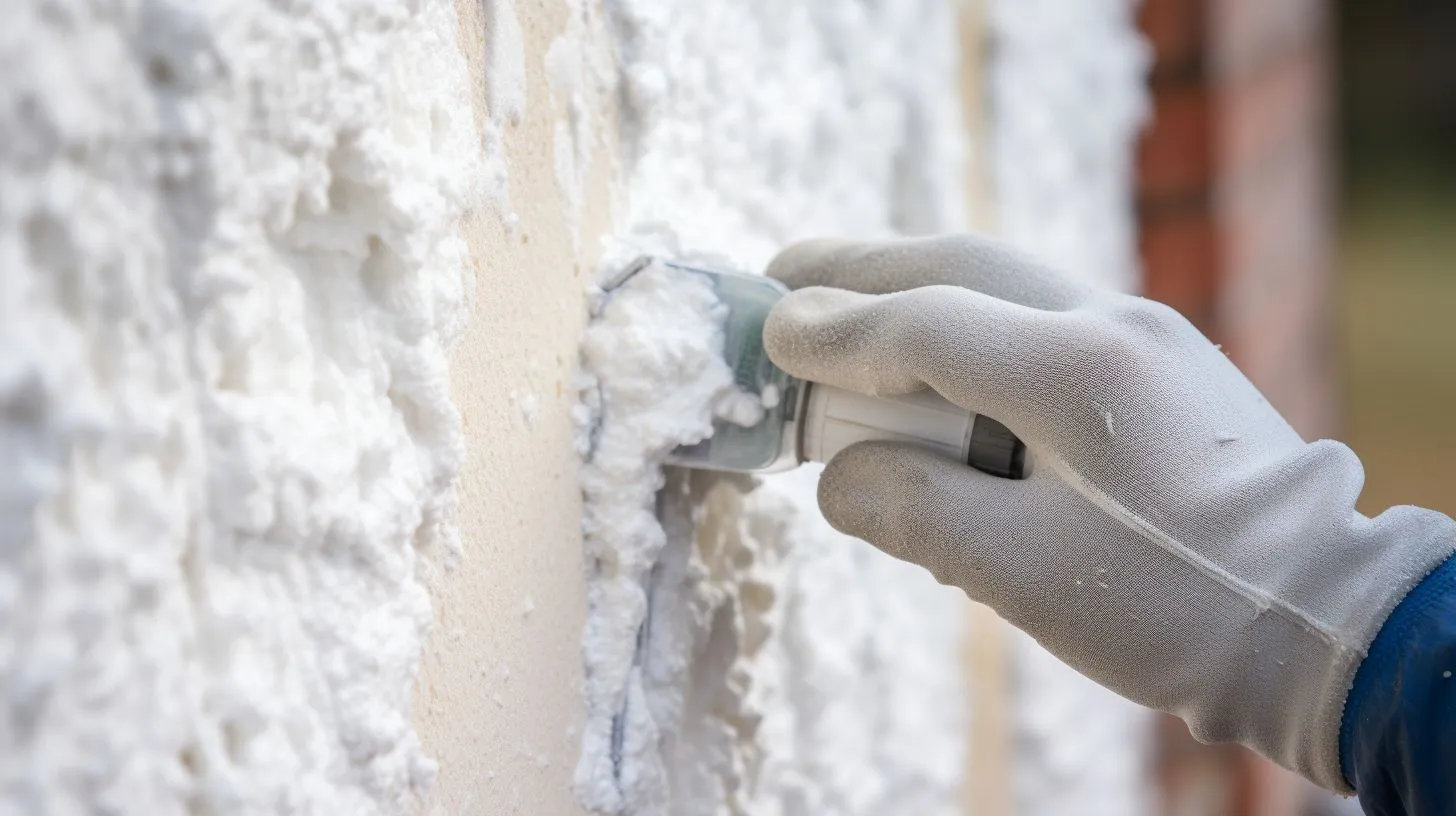
Have you ever found yourself bundling up in layers, even indoors, during those freezing winter months? Or maybe you’ve experienced that uncomfortable indoor heat wave as the summer sun beats down on your home’s walls.
It’s a common struggle for many of us to keep our homes cozy and comfortable without skyrocketing our energy bills. We know the dance of constantly tweaking the thermostat, looking for any way to ease the discomfort.
That search for comfort led us down an enlightening path: foam insulation. This unsung hero can transform our lives by creating a more efficient barrier within our walls.
Spray foam insulation doesn’t just bridge gaps; it brings many benefits compared to old-school insulating techniques. In this article, we’ll explore how spray foam works its magic and why it could be the secret ingredient that finally balances your home’s climate – ensuring warmth in winter and cool relief in summer while helping manage those costly utility bills.
California clients love Extreme Industrial Coatings; get a quote today!
Key Takeaways
- Foam insulation, such as spray foam, creates a durable and airtight barrier within walls and attics, reducing energy consumption and lowering utility bills.
- Open-cell spray foam insulation is effective in soundproofing spaces like attics or interior walls between rooms. In contrast, closed-cell spray foam insulation provides superior moisture and vapor intrusion resistance.
- Professional foam insulation installation ensures an efficient barrier for years, contributing to enhanced thermal comfort, reduced noise transmission, and improved indoor air quality.
Understanding Foam Insulation
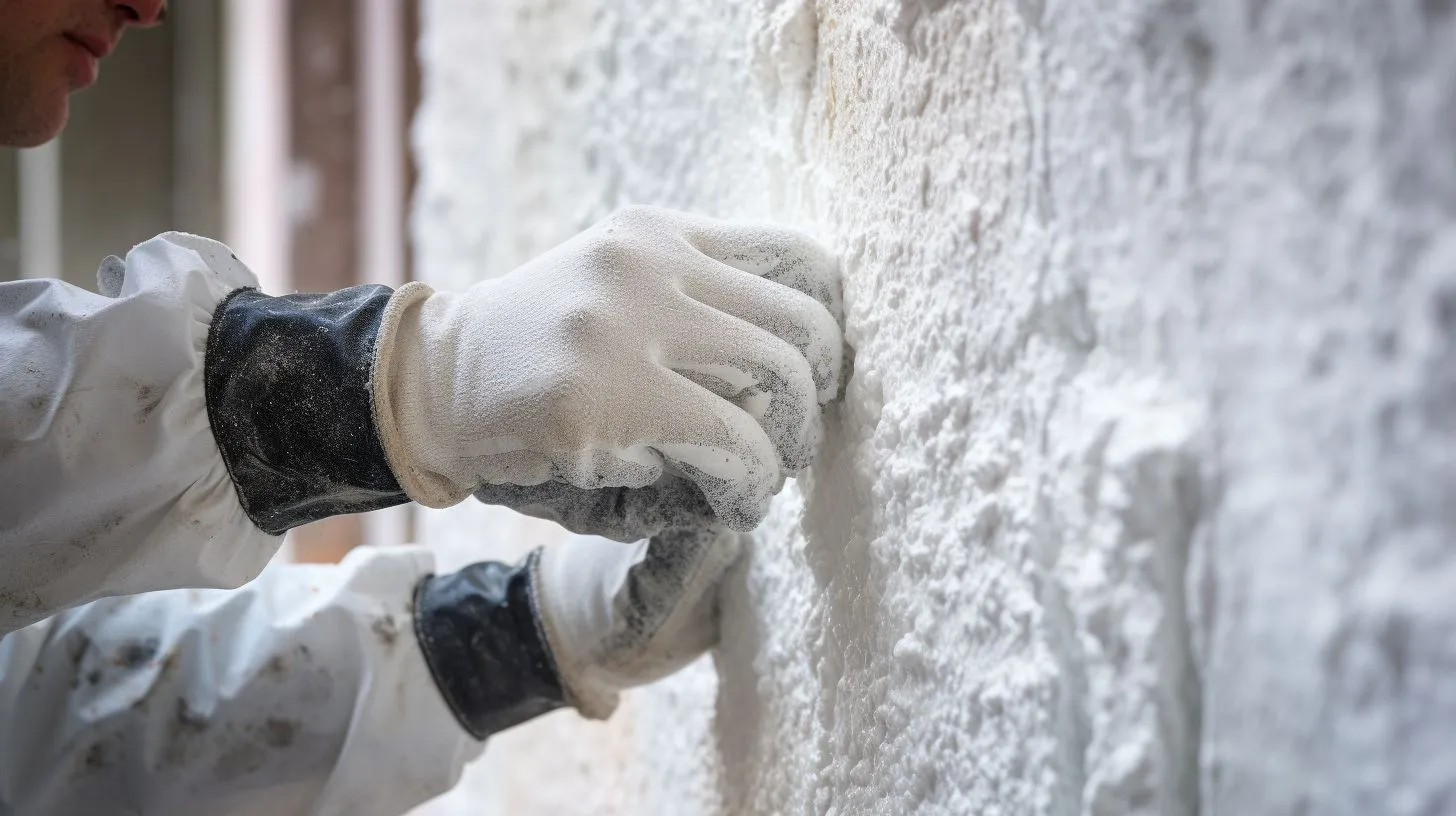
Spray foam insulation is a type of insulation that is sprayed into walls, attics, and basements as a liquid and then expands to fill the space. It creates an airtight seal over existing traditional insulation that helps to prevent air leaks and provide better thermal resistance.
What Is Spray Foam Insulation?
Spray foam insulation is a building material that can transform the comfort of our homes, making them more energy-efficient. When two chemicals—specifically isocyanate and polyol resin—combine, they react to create a unique foam that rapidly expands and hardens in place.
This expansion allows it to seal even tiny gaps and cracks precisely, ensuring an airtight barrier against heat transfer.
Our choice for roof insulation or sealing up walls isn’t limited to traditional options like fiberglass insulation batts anymore. With spray foam, we’re investing in something that insulates and adds structural strength due to its density and hardness once cured.
Now, let’s cover how this innovative material balances our indoor climates throughout the seasons.
How Spray Foam Insulation Works
We begin the insulation process by preparing our particular spray gun, which mixes two chemicals: isocyanate and polyol resin. These substances react quickly, expanding on contact to create a foam that conforms to every nook and cranny of the insulated space.
This sealing action is crucial for maintaining an even temperature throughout your home and minimizing energy leaks.
The magic happens as the foam expands, forming tiny cells that trap air inside. Whether you choose open-cell or closed-cell foam, these microscopic bubbles are critical to attic insulation, preventing heat exchange and noise from slipping through your walls and roof.
With this robust air barrier, you’ll enjoy enhanced indoor comfort while decreasing heating and cooling costs. Now, let’s explore the different types of spray foam insulation available to find the best fit for your needs.
Types of Foam Insulation
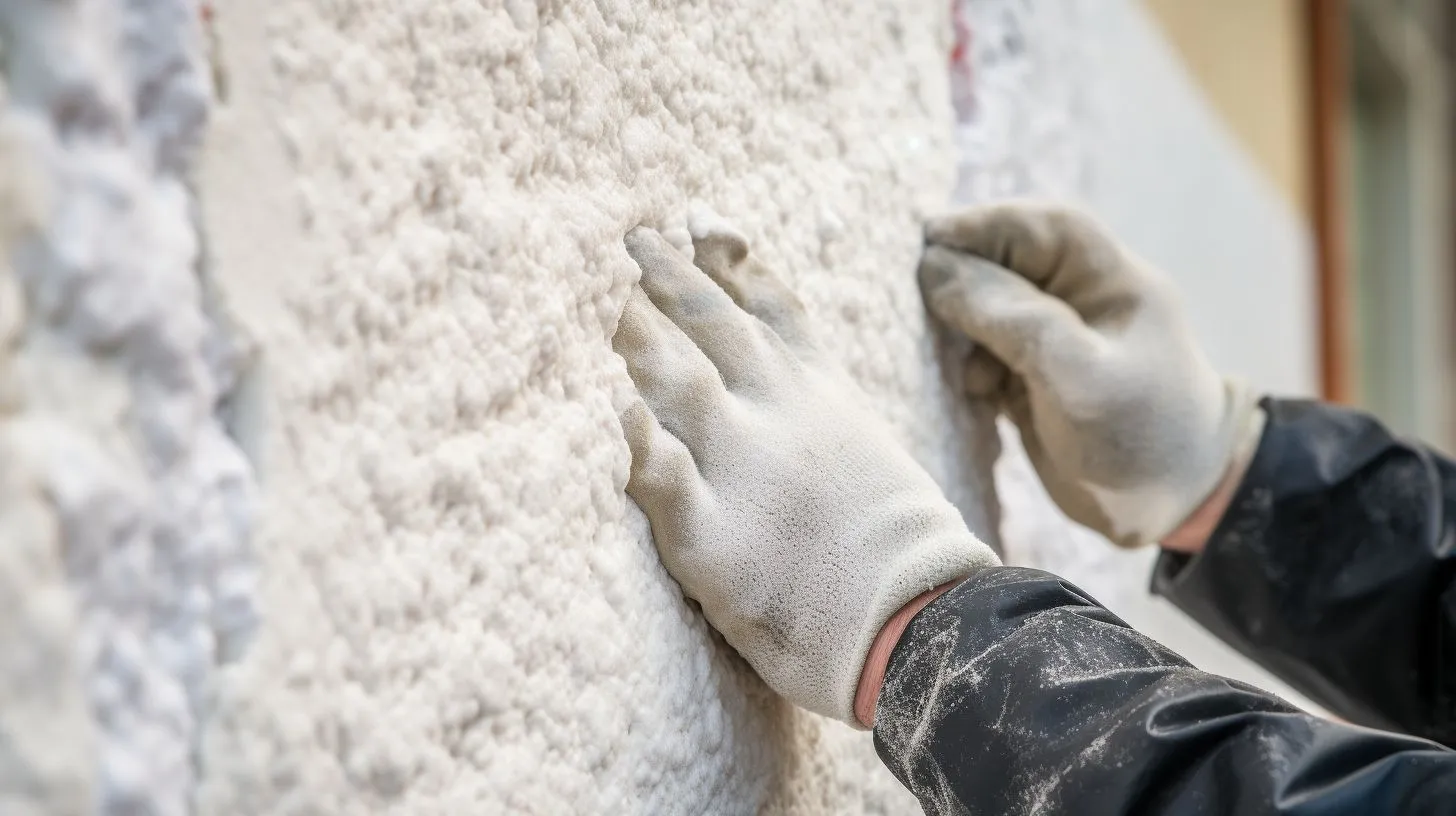
There are two main types of foam insulation to consider when upgrading your home: open-cell spray foam insulation and closed-cell spray foam insulation. Each type offers unique advantages and labor costs, so it’s important to understand their differences before deciding.
Open Cell Spray Foam Insulation
We choose open-cell spray foam insulation for its unique properties in keeping homes snug and sound. By applying this professional spray foam insulation, we effectively seal off the nooks and crannies that let air escape.
With countless tiny cells acting as barriers, it’s harder for noise and heat to travel through walls and ceilings. This means you can enjoy a quieter environment while maintaining a comfortable temperature without straining your heating or cooling systems.
Our application of open-cell insulation creates a less dense barrier than closed-cell options; however, it prevents unwanted airflow within your home. It’s especially useful in spaces that need insulation and soundproofing, like attics or interior walls between rooms.
Remember that while it’s adept at halting air movement, this spray foam can absorb moisture more readily than its closed-cell counterpart, making proper installation by professionals essential for long-lasting performance.
Closed Cell Spray Foam Insulation
Moving on from the flexible nature of open-cell foam, let’s consider closed-cell spray foam insulation. This insulation type is denser and more robust, offering superior moisture and vapor intrusion resistance.
Homes in areas with high humidity or prone to flooding can benefit significantly because closed-cell foam creates an impermeable barrier against water. It also boasts a higher insulation value per inch than other insulation forms, which packs a powerful punch for stabilizing indoor temperatures.
If you’re seeking the most efficient solutions, spraying closed-cell polyurethane spray foam should be at the top of your list. Not only does it strengthen your home’s thermal comfort, but it also adds structural rigidity to walls and roofs where applied.
While its upfront cost might be steeper than other methods, investing in this premium material often translates into significant long-term savings on heating and cooling expenses. Remember that due to its complex application process, ensuring proper safety measures is critical; always wear recommended safety equipment such as nitrile gloves and a safety kit during installation.
Energy Efficiency and Lower Bills
Foam insulation significantly improves energy efficiency and helps lower heating and cooling bills. The foam’s cellular structure creates a barrier that hinders heat transfer, providing better thermal comfort while reducing energy consumption.
With its high R-value, foam insulation effectively minimizes heat loss in winter and prevents heat gain in summer, ultimately leading to substantial savings on utility costs.
With professionals installing spray foam insulation, you get an effective solution for enhancing your home’s energy efficiency, resulting in lower monthly bills and better control over indoor temperatures.
Enhanced Comfort in Your Home
Foam insulation enhances comfort in your home by creating a barrier that helps maintain consistent indoor temperatures throughout the year. The foam contains tiny pockets restricting heat transfer, reducing the need for continuous heating or cooling.
These pockets also block sound transmission, making the crawl spaces in your home quieter and more peaceful.
With its ability to create an air and vapor barrier in one, spray foam insulation contributes to better indoor air quality by minimizing the infiltration of outdoor pollutants and allergens into your living space.
Better Air Quality and Reduced Allergens
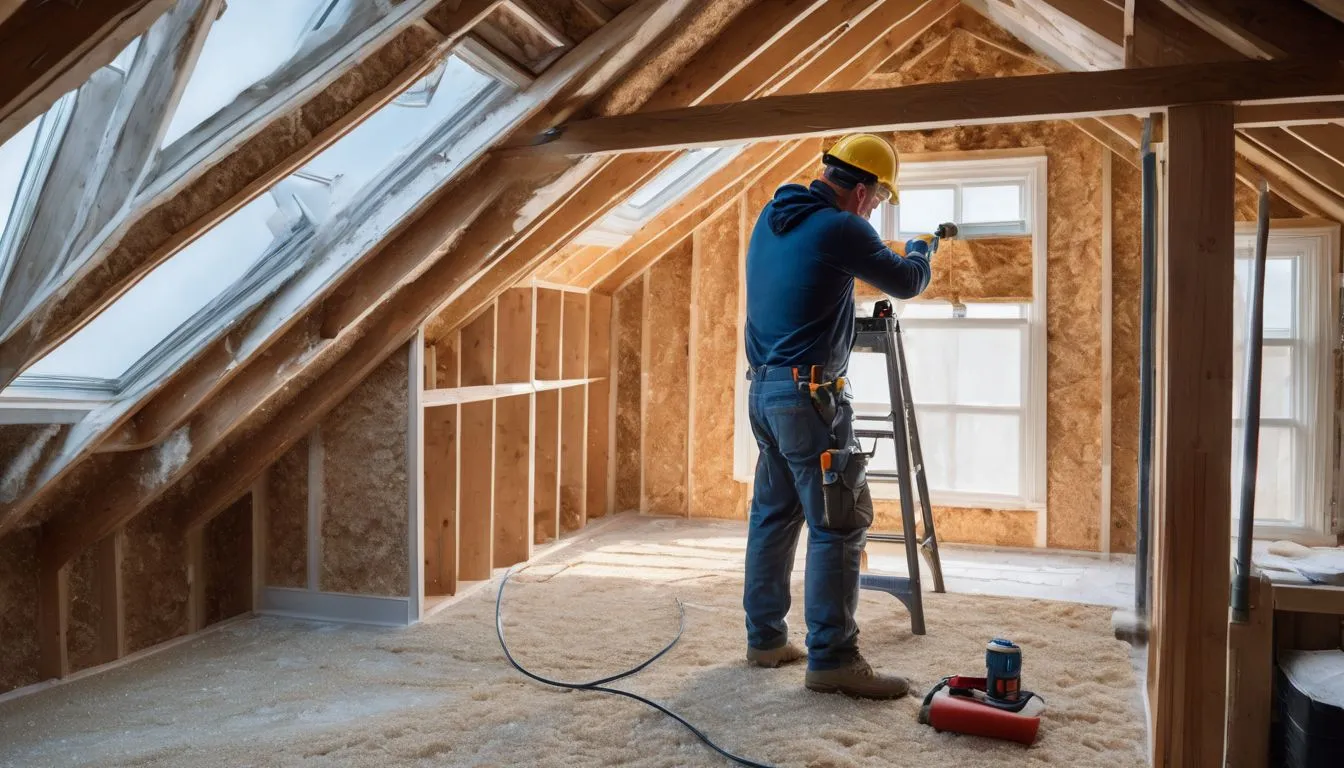
Foam insulation creates an adequate air and vapor barrier, improving air quality by reducing the infiltration of outdoor pollutants. The foam’s tiny cells prevent heat energy and sound from passing through, decreasing allergens and enhancing overall comfort in the home.
Closed-cell foam insulation is especially effective against moisture and vapor, contributing to better air quality and reduced indoor allergens. With these benefits, foam closed-cell insulation offers a compelling solution for those seeking to elevate their living environment while curbing heating and cooling bills.
Durable and Long Lasting Material
After addressing the benefits of better air quality and reduced allergens, it’s essential to consider the durability and longevity of foam insulation. With its higher density, closed-cell foam provides superior insulation value against moisture and vapor compared to open-cell foam.
Tiny cells within the material create an effective barrier against heat energy and sound, making it a highly durable solution for home insulation. This long-lasting material provides excellent coverage and ensures that your home remains efficient for years, contributing to lower heating and cooling costs while enhancing thermal comfort in your living spaces.
Noise Reduction for a Quieter Home
Foam insulation provides durability and long-lasting benefits and plays a significant role in creating a quieter home environment. The foam’s unique cell structure is a barrier to sound, minimizing noise transmission from outside and between rooms within your home.
Closed cell foam, in particular, excels at dampening noise due to its dense composition, making it an ideal choice for those seeking effective noise reduction.
Handi-Foam™ Quick Cure Foam is designed to fill and insulate large surfaces and voids, improving indoor air quality while effectively reducing unwanted noise.
Spray Foam Insulation Cost Considerations and ROI
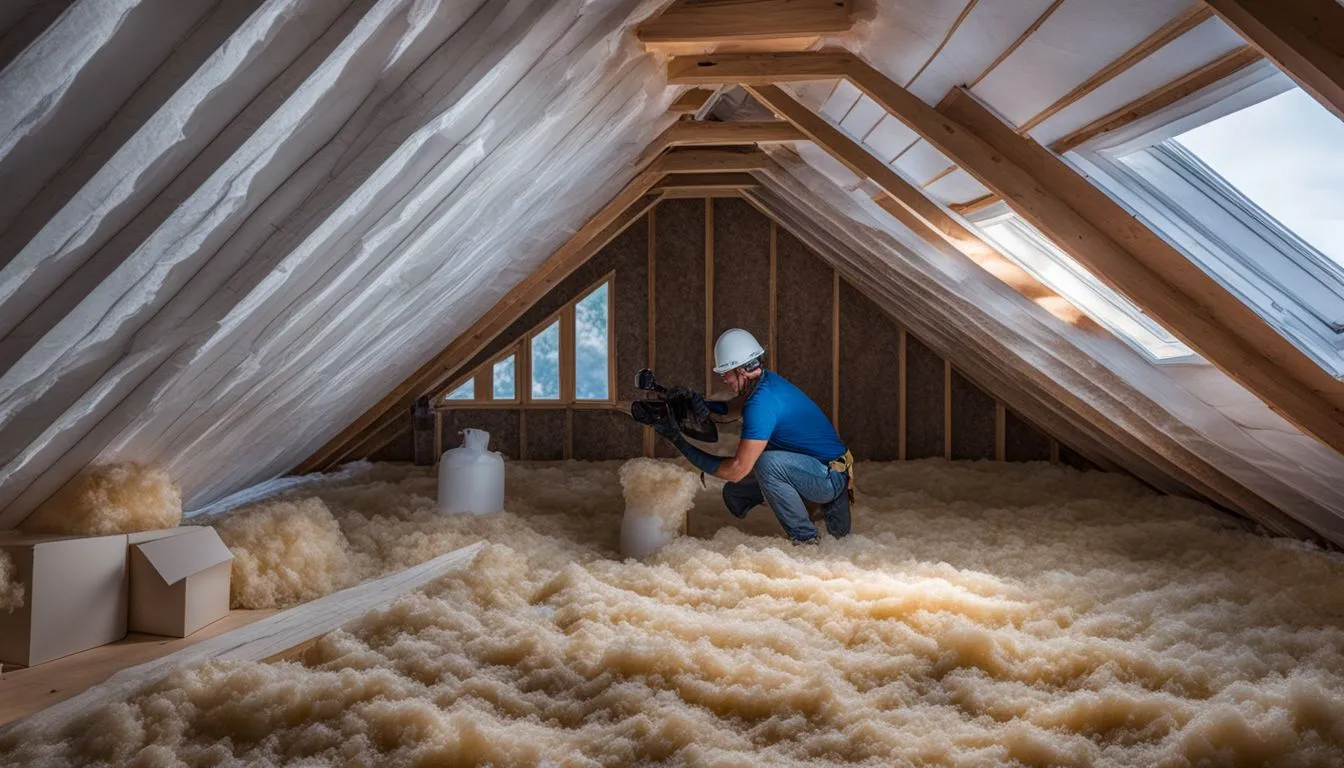
When considering spray foam insulation cost, it’s essential to factor in the initial cost versus the long-term savings on your energy bills. It’s also important to understand the value of professional installation for optimal results.
Initial Cost vs. Long-Term Savings
Investing in foam insulation may come with an upfront cost, but the long-term savings on energy bills can be significant.
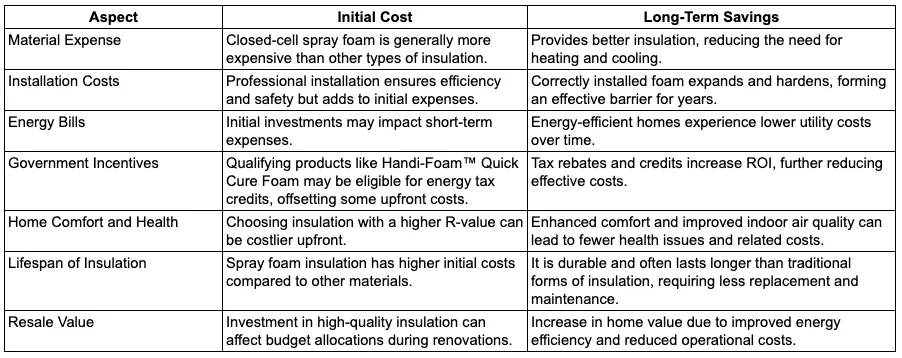
By focusing on the comprehensive benefits, we are committed to helping homeowners make informed decisions that promote energy efficiency and cost savings.
Installing Spray Foam Insulation: Professional vs DIY
Professional spray foam insulation installation is essential for maximizing its effectiveness in making your home more energy-efficient and comfortable. With professional installation, the proper insulation amount can be applied in hard-to-reach spaces, ensuring comprehensive coverage throughout your home.
This guarantees that air and vapor barriers are created seamlessly, providing long-lasting results.
Another advantage of professional installation is the expertise to handle closed-cell spray foam insulation, which requires skill and precision for optimal results. The upfront investment in professional installation pays off with improved thermal comfort and significant reductions in heating and cooling costs over time.
Selecting the Right Foam Insulation
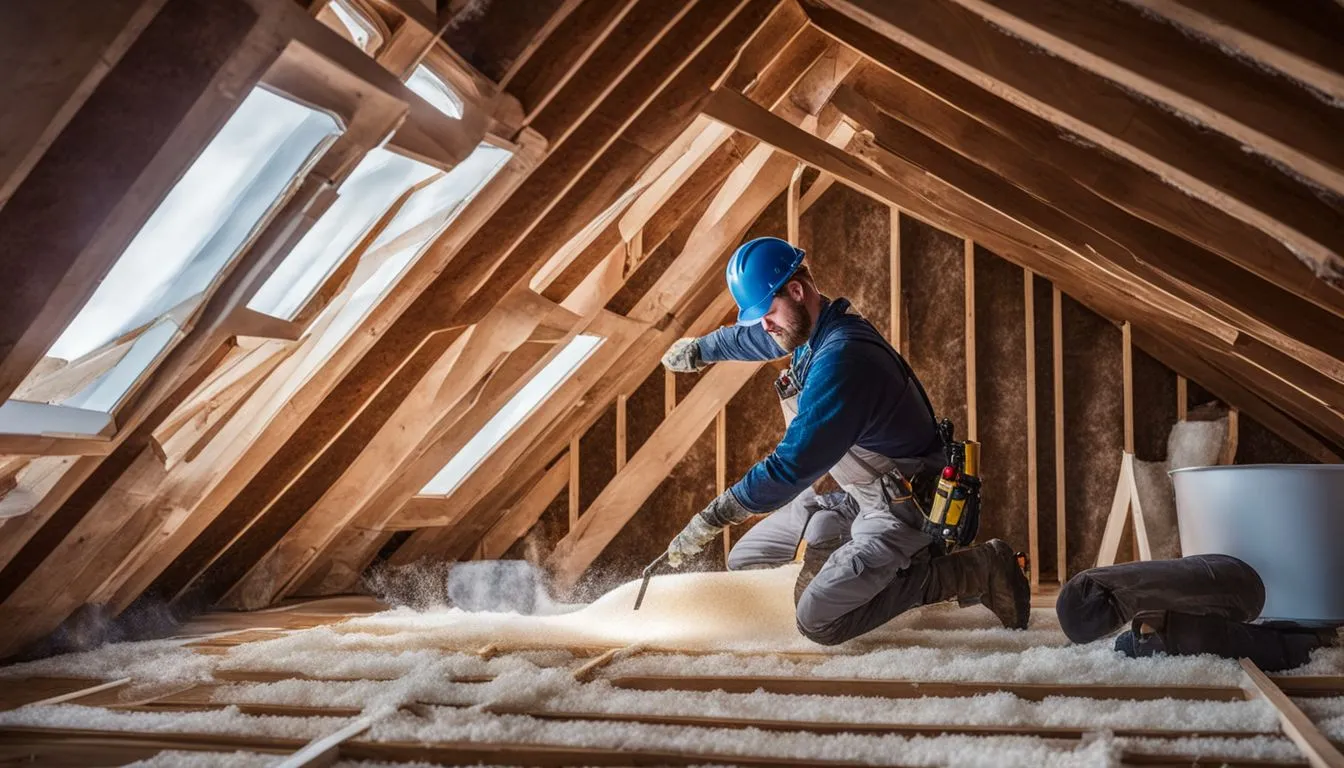
When choosing the right foam insulation for your home, it’s important to determine the best R-value for your specific needs and consider whether DIY installation or professional installation is the better option.
Determining the Best R-value for Your Home
Determining your home’s best R-value is essential for optimal thermal comfort and energy efficiency. Consider the following factors when determining the R-value:
- Climate: Choose a higher R-value if you live in an area with extreme temperatures to maximize energy savings.
- Age of Home: Older homes may require higher R-Values to compensate for insulation degradation over time.
- Energy Costs: Evaluate the costs in your area and invest in an R-value that aligns with long-term energy savings.
- Local Building Codes: Ensure compliance with local building codes by selecting an R-value that meets or exceeds the requirements.
Choosing Between DIY and Professional Installation
After determining the best R-value for your home, you must decide whether to opt for DIY or professional installation. Consider the following factors when making your decision:
- Professional Installation of Closed-cell Spray Foam Insulation: Although more expensive, professional installation ensures proper application and can guarantee better results due to the expertise and specialized equipment used.
- DIY Kits for Spray Foam Insulation: DIY kits are available for those who prefer a hands-on approach. However, it’s important to note that DIY installation can be messy and has a long dry time.
- Cost Considerations: Compare the initial cost of purchasing a DIY kit with the long-term savings and benefits of hiring professionals for installation. This comparison will help you decide based on your budget and expected outcomes.
- Safety Considerations: Professional installers are well-versed in safety protocols while handling spray foam insulation, ensuring a secure process. On the other hand, DIY installations require careful adherence to safety guidelines to prevent mishaps or health hazards.
- Time and Convenience: Evaluate how much time you can dedicate to the installation process. Professional installers can complete the job efficiently, while DIY projects may take longer due to learning curves and potential mistakes.
- Environmental Impact: Professional installers like Extreme are equipped to handle foam insulation waste responsibly, ensuring minimal environmental impact compared to DIY installations where disposal methods may not be as environmentally friendly.
- Quality Assurance: Professional outfits often offer warranties on their work, providing peace of mind about the longevity and effectiveness of the foam insulation compared to self-installed options without such guarantees.
FAQs About Foam Insulation
Can you DIY the spray foam insulation work? What are the safety considerations?
Conclusion
In conclusion, foam insulation offers numerous benefits for your home. It provides excellent coverage and creates a durable air and vapor barrier, reducing energy consumption and lowering utility bills.
Additionally, foam insulation enhances thermal comfort, reduces noise transmission, and improves indoor air quality by minimizing allergens. With the right selection and professional installation, foam insulation is a long-term investment that significantly contributes to a more sustainable and comfortable living environment for you and your family.
Contact Extreme Industrial Coatings today for 20+ commercial construction services we offer across California.


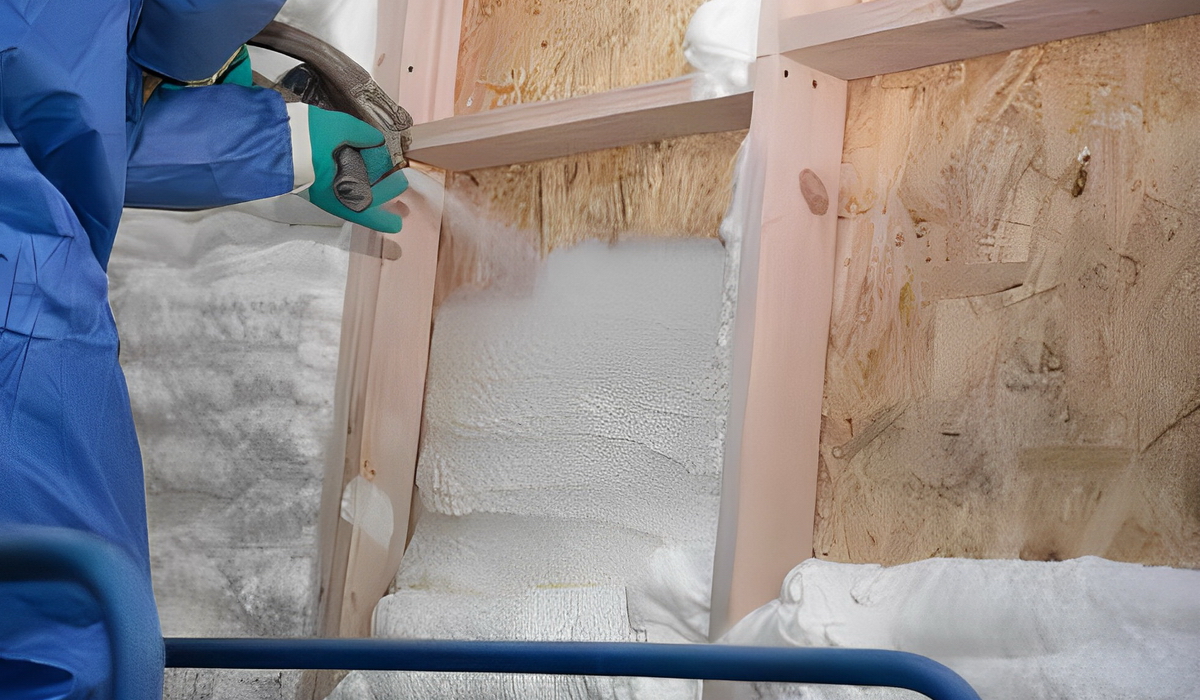
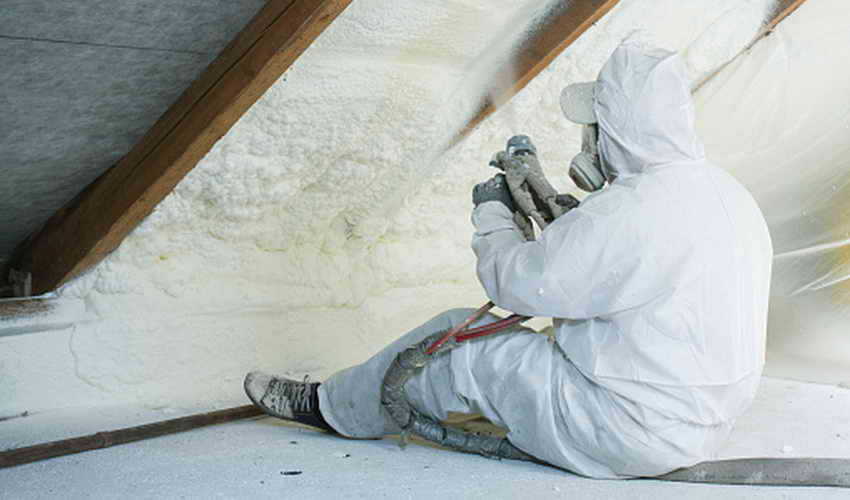
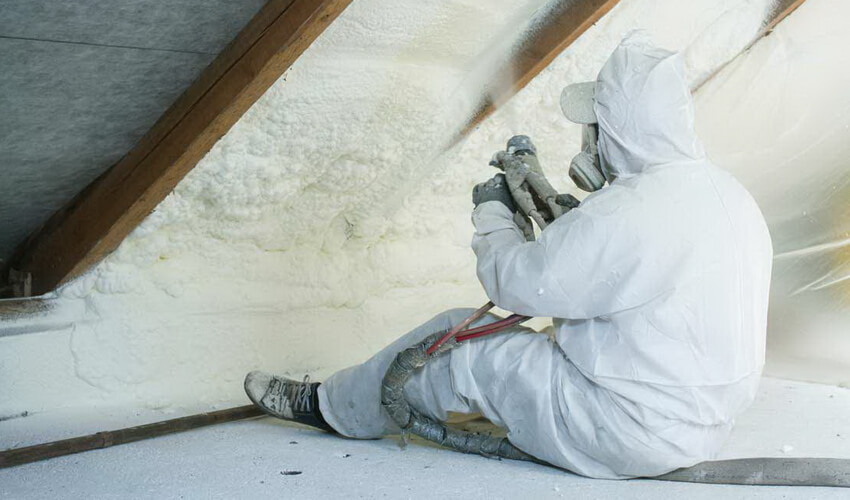
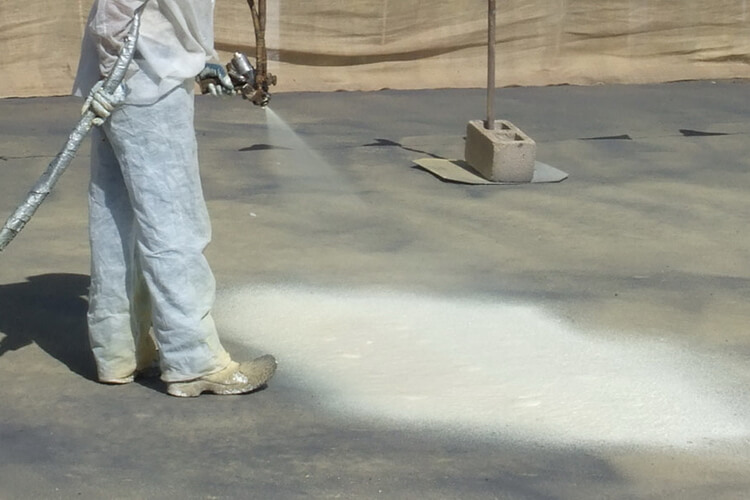
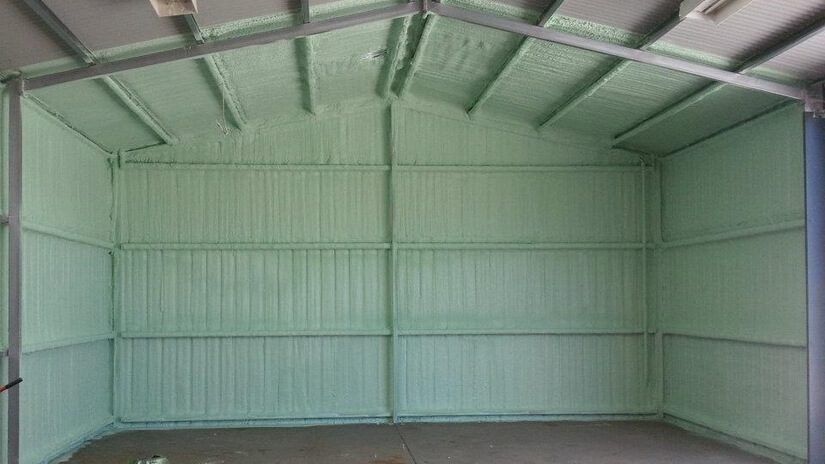
Leave A Comment